The Boer were farmers, originally of Dutch and German ancestry, who farmed the lush pastures of Southern Africa. When the Boer rose up against the British, who were seeking to expand their influence, the women and children who were left to tend the farms were collected together into camps. This practice was done as part of a scorched earth policy, with the hope that this would bring a swift end to the conflict. Because of this collectivisation these quickly became known as 'concentration' camps. Unfortunately the British Government elected to allow free market economics to provide for the people interned. The direct result was that the private contractors sought to maximise their potential profits resulting in the deaths of some 26,000 women and children.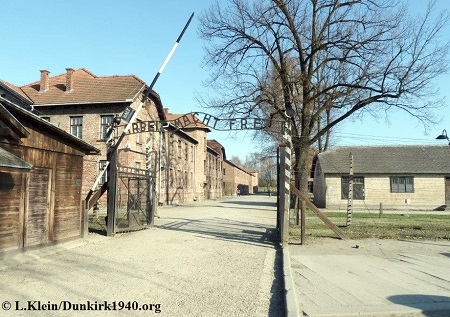
The gates to Auschwitz Death Camp. To view further images from the camp, please click on the image.
When the Nazis came to power in 1933 they immediately began to round up anyone of what they deemed to be an undesirable nature. This initially comprised the communists and others with whom they had spent the previous ten years and more fighting on the streets. It quickly widened, however, and was soon on a larger scale than the traditional prison system could cope with so, before the end of 1933, the first dedicated camp was opened in Dachau Bavaria.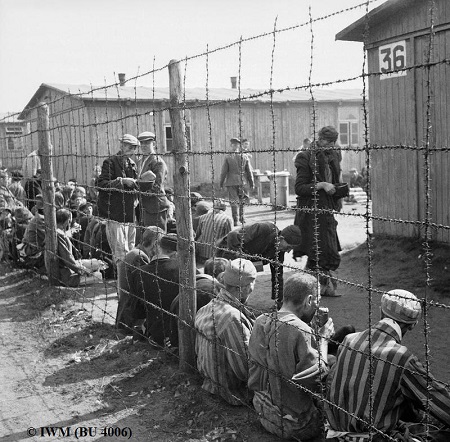
It is important to make a clear a very significant difference at this stage regarding the exact nature of the concentration camps. These were solely for the collectivisation of those deemed undesirable by the Nazi state. The conditions within were inhuman with the inmates treated worse than abused animals and disease and executions for disobedience, were commonplace.
However, they were not intended as, or indeed operated explicitly as, the later extermination camps used for the implementation of the holocaust.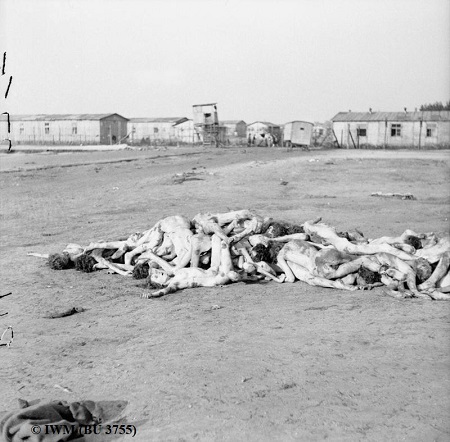
Inmates were seen as available for use in medical experimentation along with the hard labour and later war work.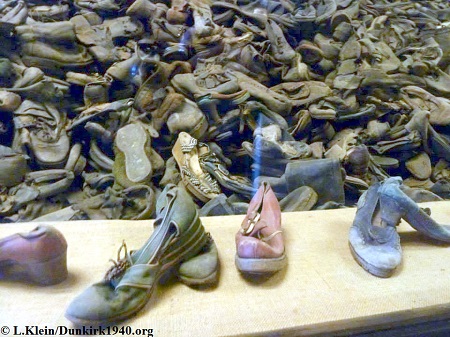
Natzweiler-Struthof is a concentration camp located in the mountains of the Vosges in France. Naturally it was not built until after the defeat of France and was intended for the internment of those in French society who represented, in the eyes of the Nazis, a clear and present danger to the new order.
Where Natzweiler-Struthof differs from the standard concentration camp is that, while it operated as set out above, it also had a gas chamber where the guards 'experimented' with the use of gas as a means of mass extermination.
After the war and being the only such camp in France (Natzweiler-Struthof was officially part of the Colmar camp, but was the only purpose built unit) the camp was preserved and today is open to the public.
Below is an album of photographs of the camp.
To return to the menu, click here.
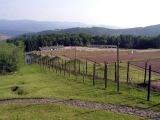
The view of the detention and crematoria blocks from the guards compound
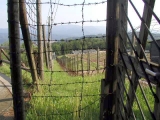
The two sets of wire around the camp.
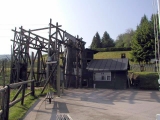
The prisoners main gate

One of the remaining huts.

The memorial from within the camp

One of the huts.
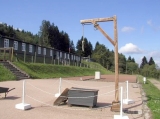
Execution place.

Another view of one of the huts.

The prisoners work tools
